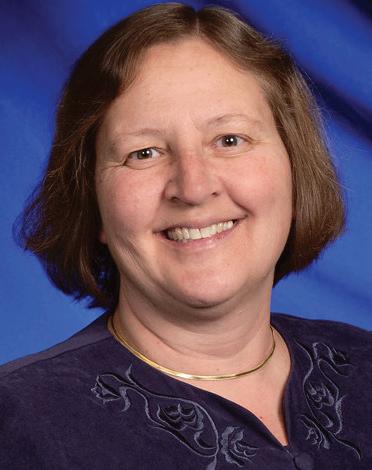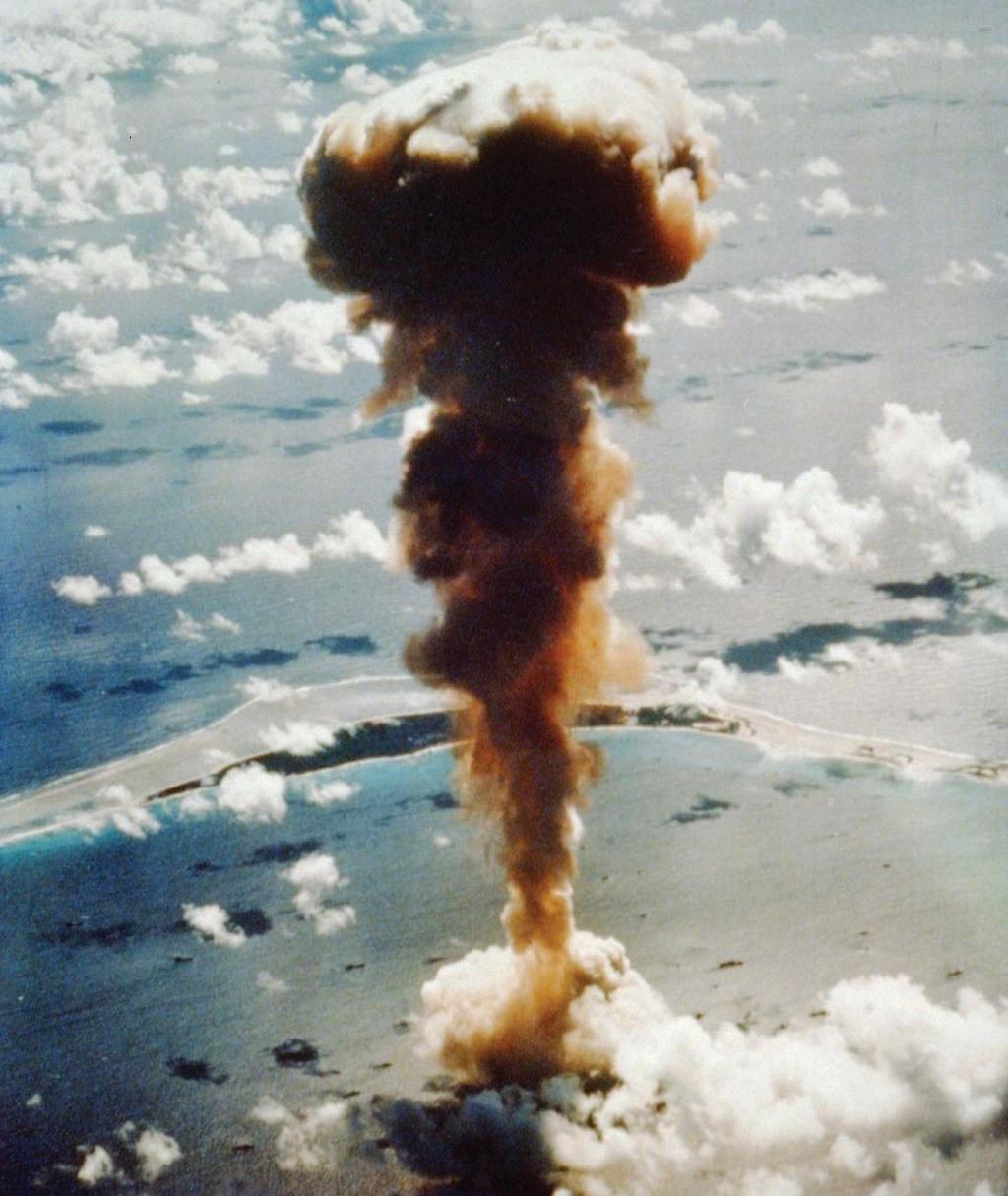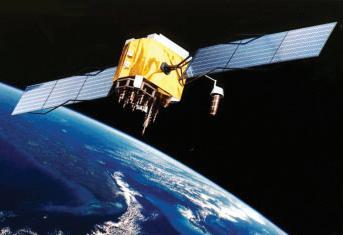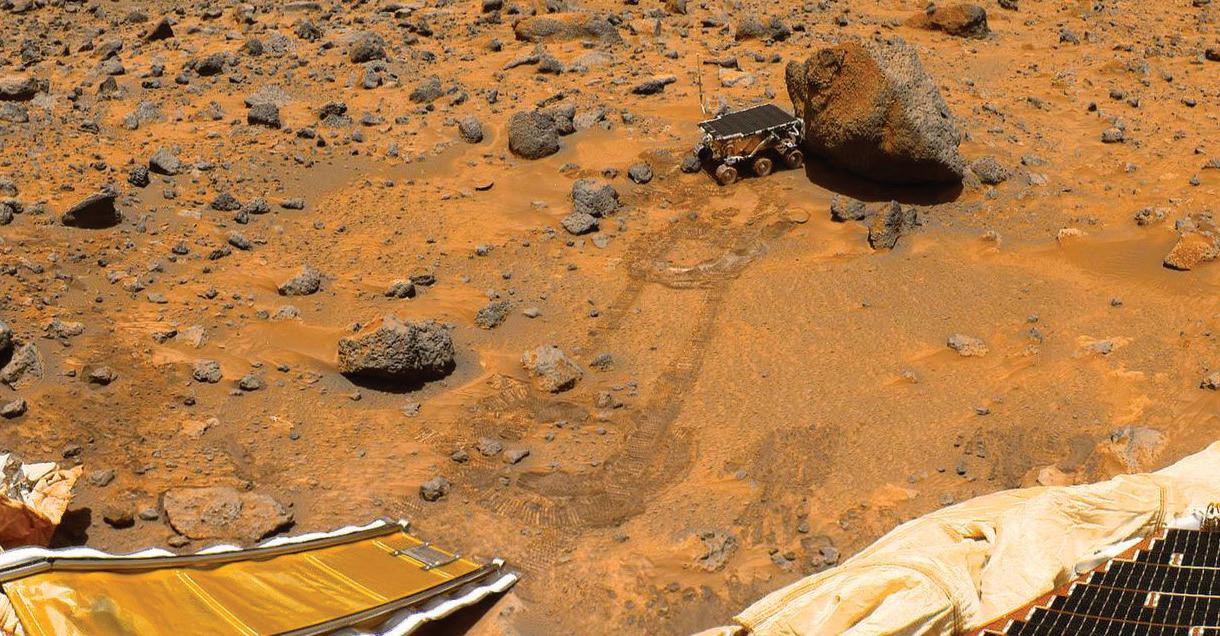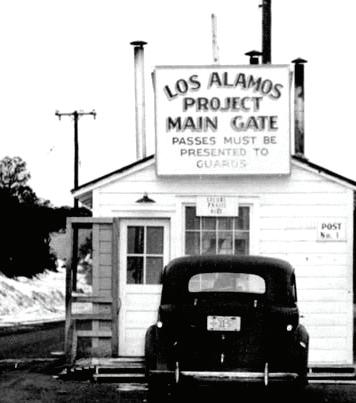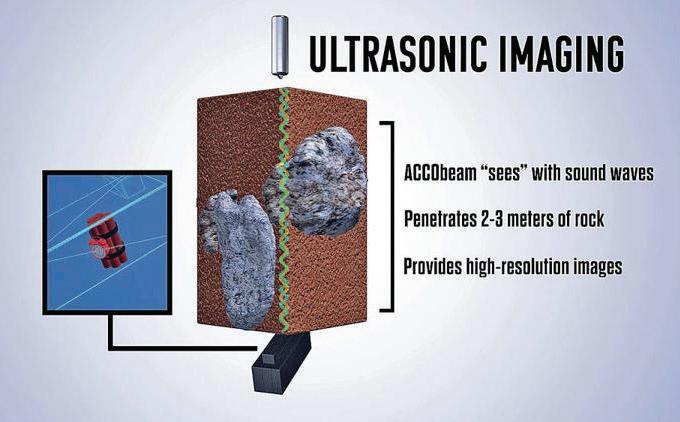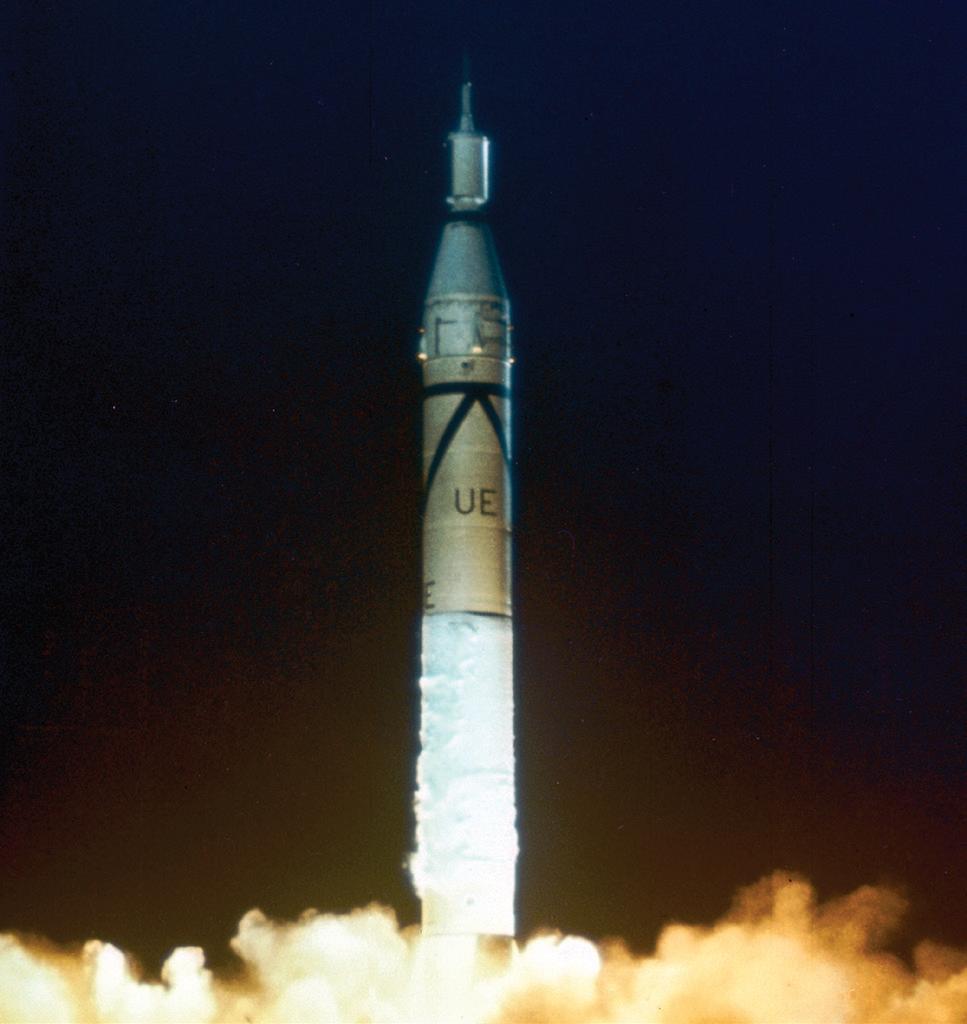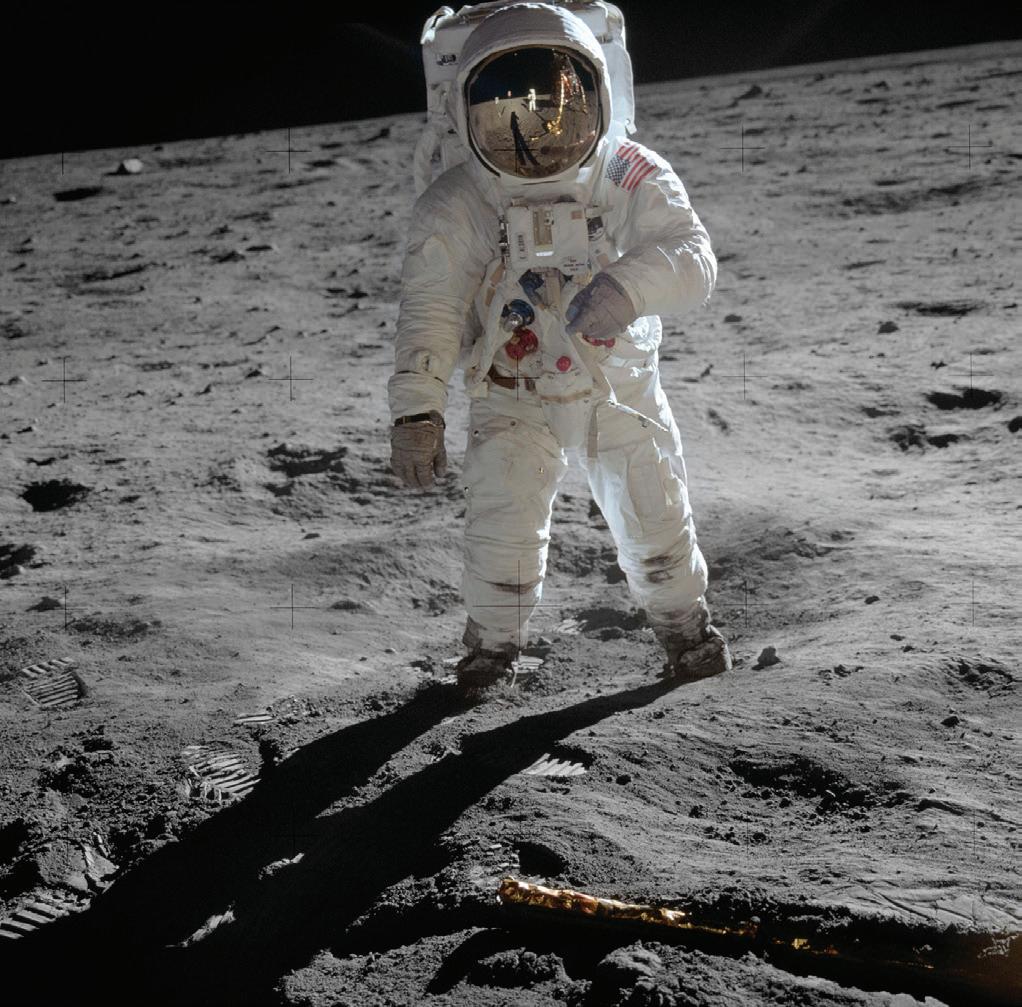
2 minute read
2000s
9
Anthrax Decontamination Nuclear Weapon Simulation
Advertisement
2000s
Manhattan Project: America’s Groundwork for Innovation in
MEDICINE SECURITY COMPUTING SPACE INDUSTRY
Water/Ice on Mars
For more than a year in 2002, Los Alamos’ neutron spectrometer carefully mapped the hydrogen content of the Red Planet’s surface by measuring changes in neutrons given off by the soil, which indicate the presence of hydrogen, likely in the form of water/ice. The maps detail the distribution of water-equivalent hydrogen as revealed by Los Alamos National Laboratory-developed instruments aboard NASA’s Mars Odyssey spacecraft.
Satellite Interception
In February 2008, Sandia’s Red Storm high-performance computer was used to help the U.S. military plan and carry out the successful interception of a defective spy satellite that threatened to fall to Earth. A Sandia team ran hundreds of impact calculations using advanced modeling and simulation tools to determine the best way to ensure that the car-sized satellite — traveling 153 miles above the Earth at 17,000 miles an hour— was destroyed with a single missile shot.

Redstorm Satellite Interception Roadrunner 1 petaflop/ second
First 3-D Simulation of Nuclear Weapon
In 2002, scientists at Lawrence Livermore and Los Alamos National Laboratories completed two of the largest computer simulations ever attempted, the first full-system three-dimensional simulations of a nuclear weapon explosion. These simulations signified completion of an important milestone in the maturing of the National Nuclear Security ,Administration’s Stockpile Stewardship Program, which is responsible for maintaining the safety, security, and reliability of the Nation’s nuclear deterrent. Both calculations ran on the ASCI White machine — then the world’s fastest and most capable supercomputer — at LLNL.

Anthrax Decontamination
In 2001, federal authorities used a decontamination foam developed at Sandia to help rid Capitol Hill buildings of anthrax. The foam — a cocktail that includes ordinary household substances such as those found in hair conditioner and toothpaste — neutralizes chemical and biological agents in minutes and is non-toxic and environmentally friendly. Joanne Wendelberger has been a member of the Statistical Sciences Group at Los Alamos National Laboratory since 1992 and a Fellow of the American Statistical Association since 2005. Throughout her career, Dr. Wendelberger’s research has been motivated by the need to develop solutions to complex interdisciplinary problems, with a growing focus on the interface between statistics and computer science. Her current research interests include statistical experimental design and test planning, statistical bounding and uncertainty, materials degradation modeling, sampling and analysis in large-scale computation and visualization, probabilistic computing, and education modeling.
